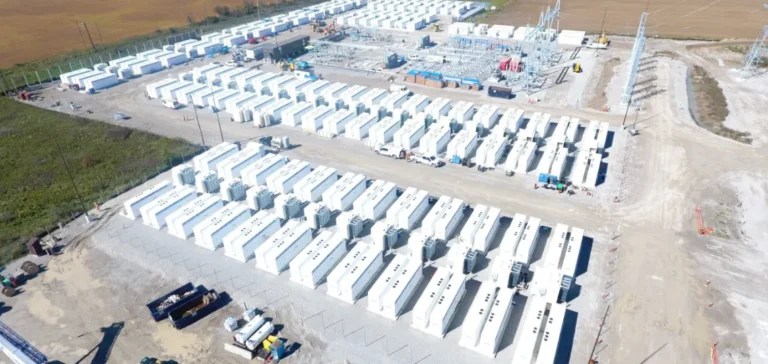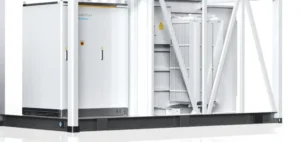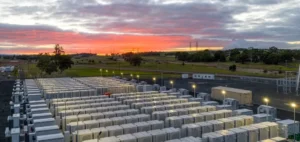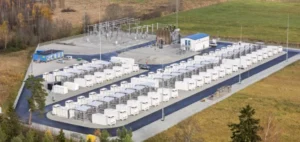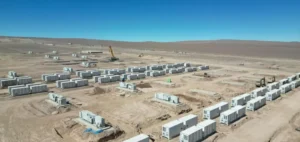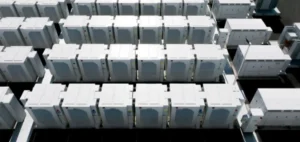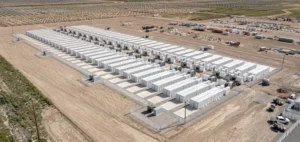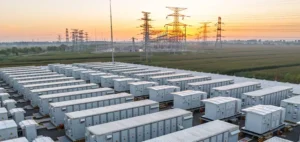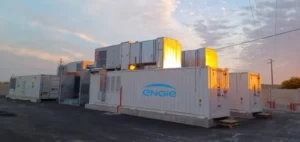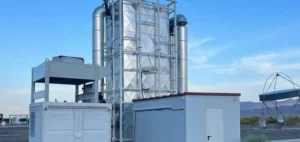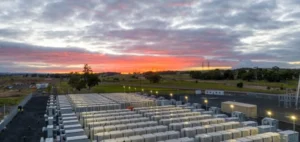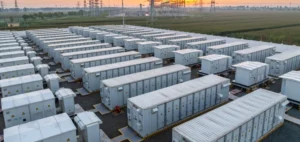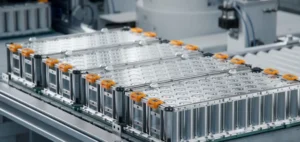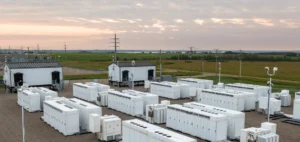The Government of Canada has announced CAD22mn ($16.1mn) in funding to support eight technology projects focused on innovation and battery production capacity. The initiative is part of a broader strategy to strengthen the country’s position in a rapidly expanding global battery market. The funding is allocated by the Ministry of Energy and Natural Resources under the Energy Innovation Program.
The main objective is to drive the development of more efficient and cost-effective energy storage solutions to support the transformation of the transport, utilities, and industrial sectors. The ministry expects global cumulative battery demand could increase by a factor of 150 by 2050, representing a strategic opportunity for Canada, which has access to critical minerals and strong industrial expertise.
Local development and supply chain resilience
The selected projects also aim to reinforce national energy sovereignty by reducing dependence on international supply chains. The financial support is intended to encourage domestic manufacturing of strategic components and improve the sector’s resilience to logistical and geopolitical disruptions.
Among the beneficiaries is NanoXplore, a company based in Saint-Laurent, which will receive CAD2.8mn ($2.05mn) to develop high-performance lithium-ion battery cells. These batteries promise reduced charging times, increased energy density, and improved safety, while being designed and manufactured in Canada.
Targeted support for industrial growth
The initiative also supports the national industrial network, with projects distributed across several provinces. The ministries involved state that these investments address the dual requirement of economic competitiveness and long-term technological development.
Federal authorities consider this funding as a growth lever for the national economy by facilitating the creation of skilled jobs and attracting new industrial investments. The Energy Innovation Program plays a central role in this strategy by funding emerging technologies that could shape the future of the battery sector.


